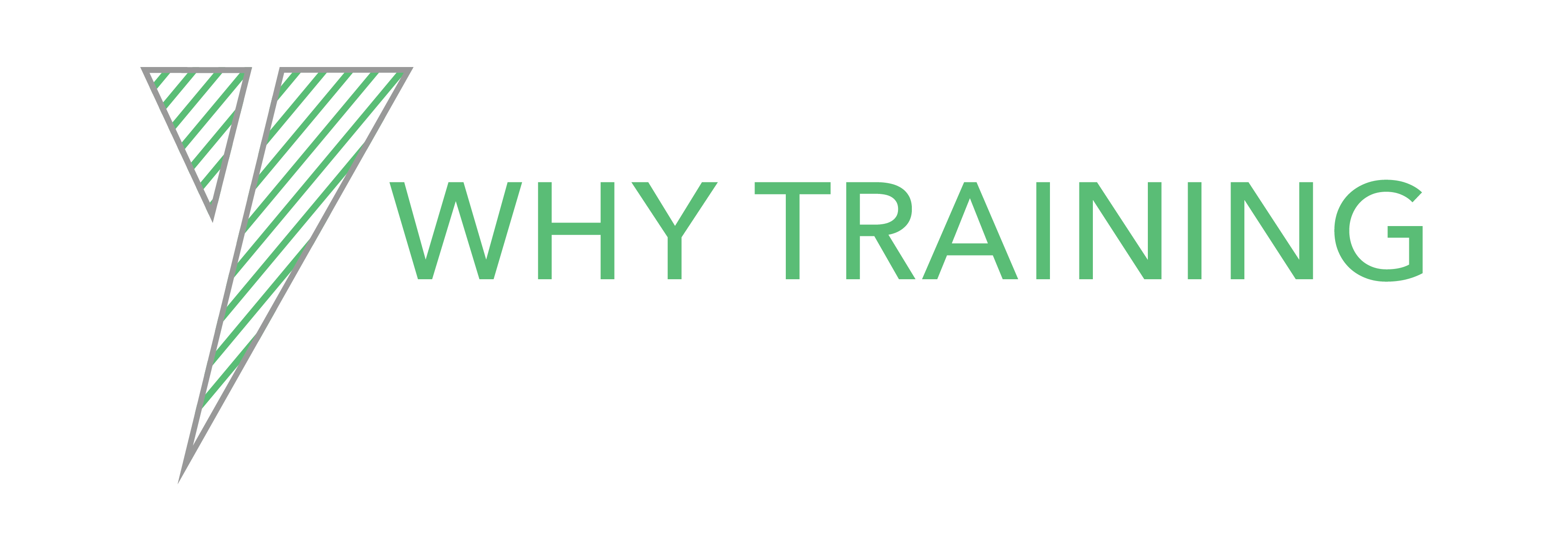The move away from the traditional classroom approach of learning delivery had already started to gather momentum before global events took control of the wheel and stamped on the accelerator. Many organizations have been forced to seek new, and ever more adaptive ways of working, with L&D professionals across the globe scrambling for a viable alternative to face to face learning.
On the plus side, not only can the transition from face-to-face to a digital learning experience be relatively easy to introduce, but it can also be as effective and beneficial, if not more so, to both learner and organization. In this blog post, we look at some of the key considerations when moving into the digital learning space.
How did we become so reliant on Face-to-Face?
Learning in a group classroom environment, with the emphasis on human interaction does have some obvious benefits.
- It brings people together for a collaborative, affectional learning experience
- It offers a secure place to practice
- It’s receptive and personable
But questions remain over cost-effectiveness and efficiency, particularly when rolled out a wider scale and in light of recent social distancing measures.
In addition to the costs incurred for the venue, facilitator, administration, printed materials and downtime from the work-place sessions can be lengthy, a full day or more to complete being the norm. The ‘one-off’ training event isn’t particularly conducive to good knowledge rendition or practical application either.
So, what’s new?
The basic principles of how we learn haven’t changed. What’s enabled us to move quickly and effectively into the digital learning space is the accessibility of on-demand information and the level of comfort we now feel using technology to connect socially.
The advent of distance or eLearning addressed some pretty major issues. It removed geographical restrictions, was easily scalable, delivered a consistent message, was cost-effective and basically just efficient. But it was also a solitary experience for the learner, with completion rates and satisfaction levels both scoring poorly.
Digitalization has touched every aspect of our day to day lives; it was obvious that work-based learning had some catching up to do. We all connect and interact effortlessly through social media, accessing information readily from multiple channels, immediately as and when required.
Why couldn’t the same be true for workplace learning programs? Well it can. We can provide face-to-face learning remotely through digital channels, achieving the same outcomes with all the added benefits that a blended learning approach can bring. Learning solutions that are quick, easy to implement, user friendly and cost-effective are not so much about replacing face-to-face with an online module but part of a blended learning approach that has the needs of the learner at its core.
Getting Started
To start the shift, identify and evaluate what is, or was, intrinsically worthwhile in the classroom and how these elements might be configured and delivered in a digital format. Once identified look at the digital resources you have available to you, networks, software, media … who had heard of Zoom 12 months ago!
The Shared Experience
Digital learning experiences can be used to bring learners together. Learners are able to revisit past content at any time, and if designed thoughtfully, and managed appropriately provide learners with a motivated support network readily available for times of need.
To support and nurture interaction the virtual classroom is invaluable. Just as back in the days of face-to-face bringing people together virtually to discuss, debate and work through issues collaboratively can be a powerful learning experience.
Videos, clips and extracts can all be used to great effect as replacements for the ‘stand and deliver’ presenter or guest speaker, adding visual emphasis and gravitas to key messages and learning points.
Practice makes perfect
The main focus here is being able to respond to real business needs and issues in a way that is consistent with the workflow. Being able to practice simulated or interactive scenarios in a safe environment will allow learners to gain confidence and applying learning quickly and effectively.
Crafting the experience
The digital arena now provides the opportunity to collect data on learner’s behavior, quickly, easily and with far more insight than the post-course questionnaires of old. With this comes the ability to immediately respond and, if necessary, reset the content, ensuring that the learning offered is aligned to business objectives and the learner’s needs.
The use of data and personalization are essential when it comes to understanding an individual learner’s needs. Conditions such as location, level of competency and job role can be factored into content to ensure that its relevant, beneficial and meets each individual’s needs.
When the future of face-to-face training is in doubt it’s reassuring to know that a move towards digital learning can integrate the best of both worlds. In addition to speed and scale, digital learning is now flexible, sustainable and above all effective.
Contact us today to find out more about Why Training’s digital solutions.

